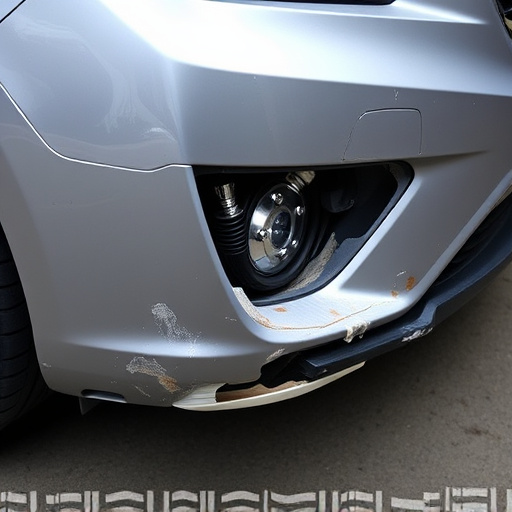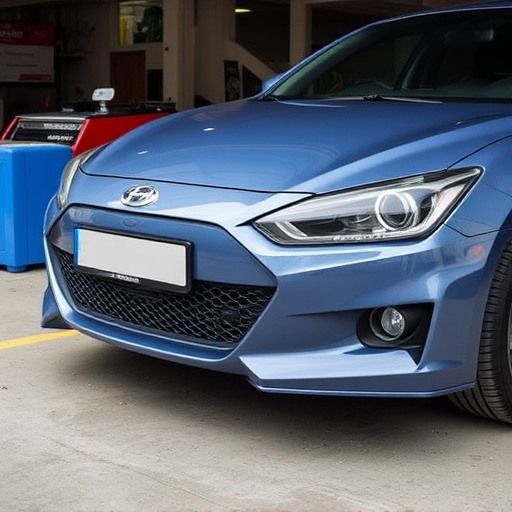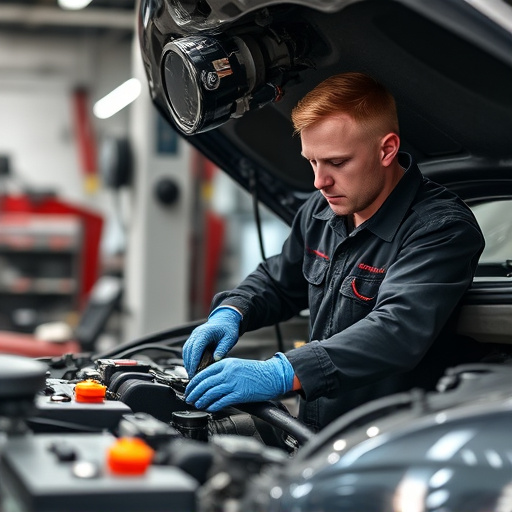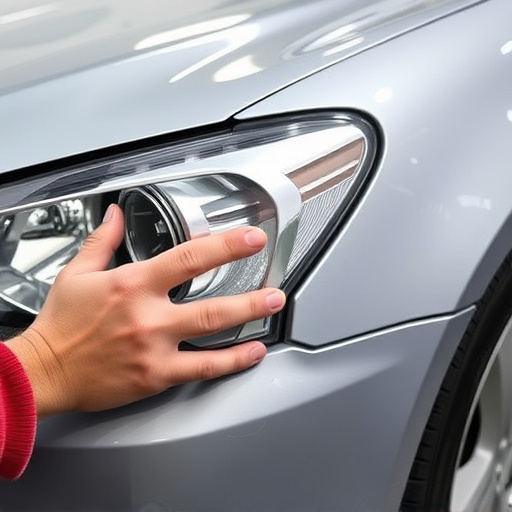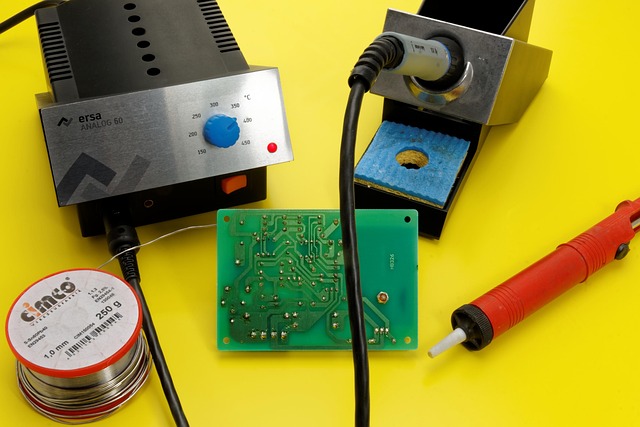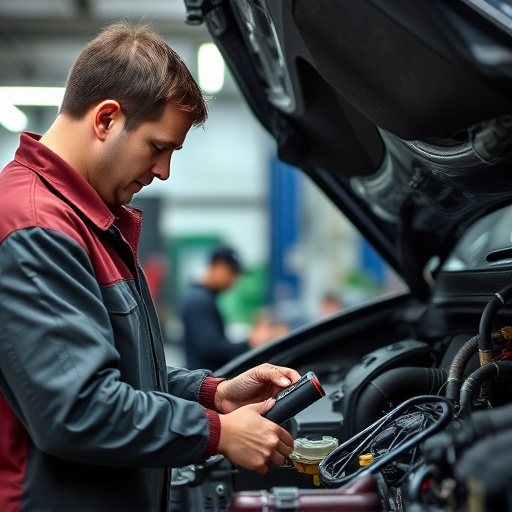Regular Tesla thermal management checks are crucial to prevent heat-related issues like battery degradation, reduced cooling, and exterior damage. Inspect for excessive heating, leaks, and visible harm after extreme heat driving. Maintain optimal performance of cooling systems to ensure vehicle reliability in all conditions.
After driving in extreme heat, a thorough Tesla thermal management check is crucial. Tesla’s innovative cooling system keeps batteries optimized, but intense temperatures can put stress on components. This article breaks down how to assess your Tesla’s thermal performance post-drive. We’ll explore potential issues like overheating, battery degradation, and fan malfunction, detailing the essential steps for identifying and addressing these problems before they impact your electric vehicle’s range and reliability.
- Understanding Tesla's Thermal Management System
- Driving in Extreme Heat: Potential Issues
- Post-Drive Check: Identifying Thermal Problems
Understanding Tesla's Thermal Management System

Tesla’s Thermal Management System is designed to keep your vehicle running optimally even under extreme heat conditions. It does this through a complex network of sensors and components that monitor and regulate the car’s internal temperature, ensuring the performance and longevity of its various systems. This system includes features like active cooling and heat pumps that work together to manage thermal loads effectively.
Understanding how Tesla’s Thermal Management System operates is crucial when considering a Tesla thermal management check. Regular checks can help identify potential issues early on, preventing more serious problems that might require extensive repairs or even a trip to the collision center for auto glass replacement or car body restoration. By keeping a keen eye on this system, Tesla owners can maximize their vehicle’s performance and minimize the risk of damage from heat-related stresses.
Driving in Extreme Heat: Potential Issues

Driving in extreme heat conditions can put a significant strain on your Tesla’s systems, including its thermal management components. The high temperatures can cause several potential issues, such as increased battery degradation, reduced cooling efficiency, and even damage to sensitive electronic systems. Moreover, prolonged exposure to heat can lead to more frequent and severe overheating events, which may result in costly car body repair or even automotive restoration if left unaddressed.
A thorough Tesla thermal management check becomes crucial after driving in such extreme conditions. This inspection should encompass key components like the battery cooling system, liquid cooling radiators, and the overall heat dissipation mechanisms. Regular maintenance and early detection of any potential problems can help prevent more serious vehicle repair issues down the line, ensuring your Tesla remains a reliable and efficient ride in all weather conditions.
Post-Drive Check: Identifying Thermal Problems
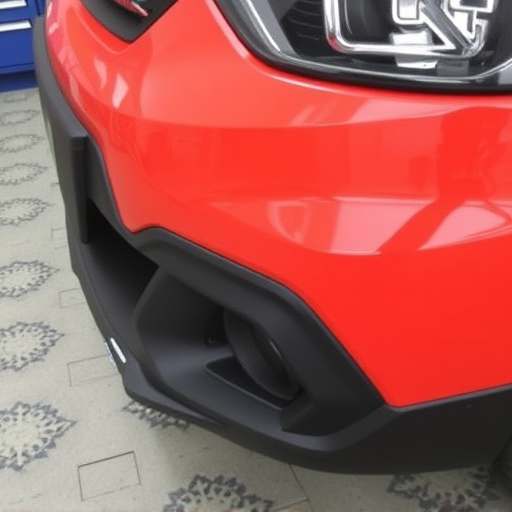
After driving your Tesla in extreme heat conditions, conducting a thorough Tesla thermal management check is crucial. Look for any signs of excessive heating, such as unusual noises from the engine or overheating indicators on the dashboard. Check if there are leaks around the car’s bodywork, as these could point to damaged seals or gaskets that need attention.
Inspect the exterior for visible signs of damage, like scratches or dents in the car body, which might be symptoms of thermal stress. If left unaddressed, these issues can lead to more severe problems over time. A complete Tesla thermal management check also includes examining the cooling system components, such as radiators and fans, to ensure they are functioning optimally. Regular maintenance and timely repairs in these areas are vital to keep your Tesla running smoothly under extreme conditions.
Maintaining optimal thermal performance is crucial for any electric vehicle, especially after driving in extreme heat. By performing a thorough Tesla thermal management check, owners can proactively identify and address potential issues before they escalate. Understanding the system’s functionality and regularly assessing its efficiency ensures the vehicle’s longevity and drives safely in all conditions. Implement these post-drive checks to stay ahead of thermal problems and keep your Tesla running smoothly.

